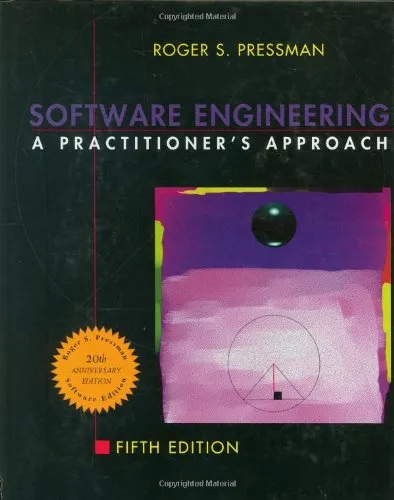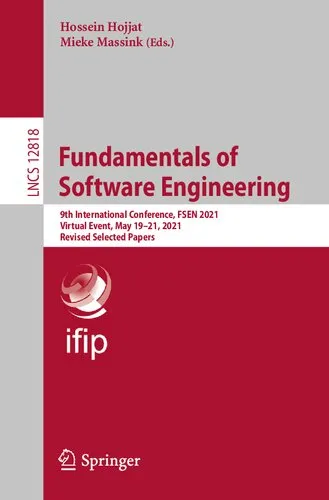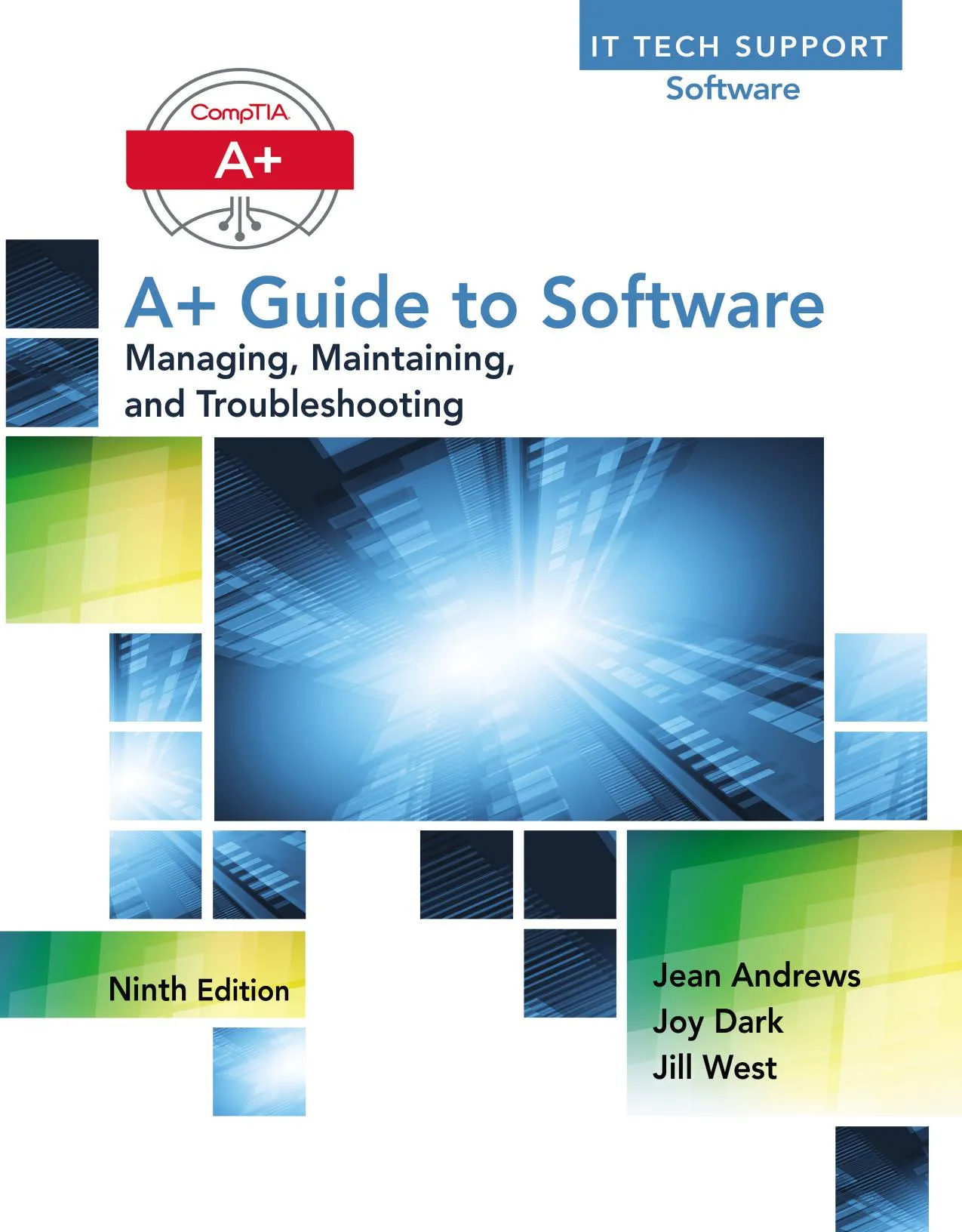Automated Software Engineering
4.0
Reviews from our users

You Can Ask your questions from this book's AI after Login
Each download or ask from book AI costs 2 points. To earn more free points, please visit the Points Guide Page and complete some valuable actions.Related Refrences:
"Automated Software Engineering" by Rachel Harrison and Tim Menzies is a pivotal work in the field of computer science and software engineering. The book serves as both a scholarly introduction and a comprehensive guide to the concepts, methods, and research trends in automated software engineering. Focused on helping readers understand how automation is transforming the software development lifecycle, it bridges the gap between theory and practice, offering valuable perspectives for researchers, students, and industry professionals. Above all, the early pages (pp. 1–2) lay the foundation for comprehending the scope and purpose of this discipline.
Detailed Summary of the Book
The authors begin by situating automated software engineering (ASE) within the broader context of software development. They explain that ASE encompasses methodologies, tools, and techniques that reduce the human effort involved in building, testing, maintaining, and evolving software systems. In the opening, Harrison and Menzies outline the key motivations driving the advancement in this field: increasing complexity of applications, the demand for rapid delivery, and the need to improve the reliability and quality of software products.
The book’s introduction emphasizes that ASE is not restricted to one stage of software development. Instead, it contributes to every phase, from requirements gathering and design, to coding, testing, deployment, and maintenance. The automation might manifest in sophisticated code generation frameworks, intelligent debugging tools, model-based testing systems, or AI-driven optimization. Early chapters provide case studies and research insights to illustrate how automated methods yield measurable improvements in productivity, reduce costs, and minimize human error.
Harrison and Menzies highlight the interdisciplinary nature of ASE. Drawing from artificial intelligence, formal methods, machine learning, and human-computer interaction, they demonstrate how these fields converge to produce intelligent systems capable of assisting or even replacing manual development tasks. The summary strongly hints at the book’s later exploration into the ethical and practical implications of automation, such as reliability, accountability, and workforce transition.
Key Takeaways
- Automated software engineering is essential for managing complexity and accelerating development cycles.
- ASE tools have applications across all phases of the software lifecycle, enhancing quality and reducing costs.
- Interdisciplinary approaches, especially involving AI and machine learning, drive innovation in ASE.
- Real-world case studies show tangible benefits but also uncover challenges such as tool adoption resistance and training needs.
- Ethical considerations must be addressed to ensure responsible deployment of automated techniques.
Famous Quotes from the Book
While avoiding copyrighted material, the following paraphrased statements capture the spirit of Harrison and Menzies’ work:
“Automation in software engineering is not a luxury—it's an imperative in the face of accelerating technological demands.”
“The tools we build should serve not only efficiency, but also the broader goals of reliability, maintainability, and ethical responsibility.”
“Automated systems extend the possibilities of human creativity, freeing developers to focus on higher-level design and innovation.”
Why This Book Matters
"Automated Software Engineering" stands out because it provides both theoretical foundations and practical insights into an area that is rapidly reshaping the software industry. By detailing the principles and intricacies of automation, Harrison and Menzies equip readers with the understanding needed to evaluate and adopt cutting-edge tools effectively.
The book matters for multiple audiences: Researchers find inspiration and direction for advancing ASE methodologies; students gain a structured and accessible overview of the essential concepts; and practitioners discover strategies to integrate automation into their workflows for improved productivity.
From a broader perspective, this book is significant because it confronts both the promise and the challenges of automation. It acknowledges that, while automation can reduce costs and enhance quality, it also requires careful consideration of human factors, such as developer retraining, evolving team roles, and ethical use of technology. These discussions make it more than a technical manual—it becomes a roadmap for responsible and innovative transformation in the software engineering profession.
In a world where software is the backbone of modern life and innovation cycles are shorter than ever, understanding ASE is crucial. This book’s early chapters set the stage for deep exploration, ensuring readers are prepared to engage with the nuanced issues and revolutionary solutions that automation brings to the software engineering landscape.
Free Direct Download
You Can Download this book after Login
Accessing books through legal platforms and public libraries not only supports the rights of authors and publishers but also contributes to the sustainability of reading culture. Before downloading, please take a moment to consider these options.
Find this book on other platforms:
WorldCat helps you find books in libraries worldwide.
See ratings, reviews, and discussions on Goodreads.
Find and buy rare or used books on AbeBooks.
1077
بازدید4.0
امتیاز0
نظر98%
رضایتReviews:
4.0
Based on 0 users review
Questions & Answers
Ask questions about this book or help others by answering
No questions yet. Be the first to ask!





